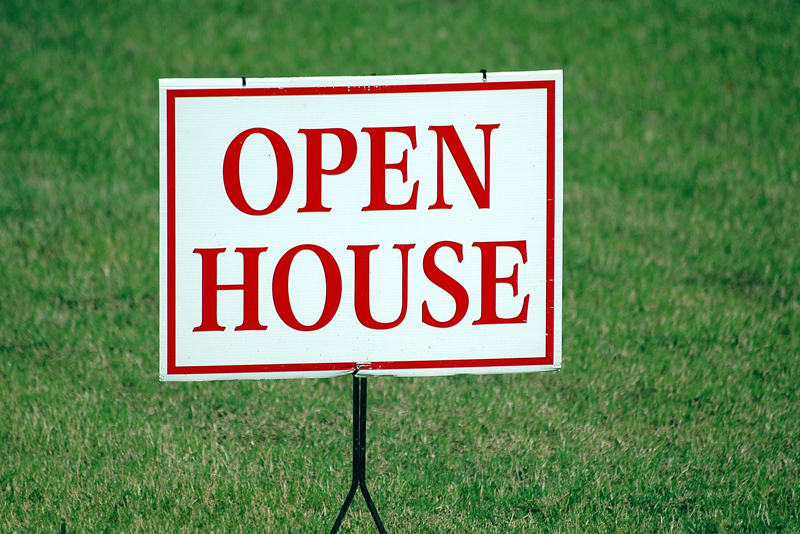As the weather warms, plants begin to bud, and the inexorable yearning to head outdoors for a hike or a cycle, spring is also the season of starting those home improvement projects inspired by the latest BC Home and Garden Show.
With interest rates still at historic lows and new increased values of housing (thanks to the hot housing market in BC), homeowners are refinancing and unlocking their home equity to pay for home improvements, hoping to lock in low rates and savings. Whether its kitchen and bath remodels, room additions, porches, landscaping, and decks, or projects that improved energy efficiency and safety upgrades to homes you’re after, you can unlock up to 80% of your property value of your home for your home improvements and renovations.
When is it Smart to Refinance for Home Improvements?
If you’re considering a mortgage refinance in order to pay for your home improvements, you’ll want to concentrate on doing renovations that increase your home’s value. Otherwise, you’ll be taking on more debt without gaining anything in return. From experience with my clients, new appliances, a new coat of paint, and new surface finishes in the kitchen generate the biggest returns on your home improvement investment.
Mortgage Refinancing: The Smarter Option
Alternatively, with the many homeowners finding new wealth in their home equity and many are refinancing to consolidate debt, start a business, invest and pay for big ticket items which they once could never dream of affording. If you’re thinking of refinancing or to find out how much equity you have access to in your home, feel free to reach out to me at any time.
If you are home owner looking to refinance for a home renovation, here are several financing options:
1) If the mortgage is almost up for maturity or is in an open term, you may want to consider refinancing the mortgage to take out the additional equity needed for the home renovation. Refinancing on an open mortgage or a mortgage at maturity will have minimal penalty costs from the existing lender – which is the main reason why most people do not break their existing mortgages. In Canada, most lenders will allow a refinance at up to 80% of the value of the home.
2) If there is already an existing mortgage on the property and the penalty calculation is too high or if the first mortgage has an amazing rate that is no longer available, there is a possibility of adding a second mortgage or a home equity line of credit behind the existing mortgage, but only to a maximum of 80% of the value of the home. Second mortgages are a slightly higher risk for the lender and most lenders are only willing to entertain a combined loan to value of between 75 to 80%.
3) If the existing mortgage is a Variable Rate or Adjustable Rate Mortgage, the maximum penalty that the existing lender will be able to charge to break the mortgage will only be a total of three months interest. This means that the penalty would be much smaller than if you were to have a fixed mortgage.
4) If there is no mortgage on the property, you can still apply for an equity take out or refinance to withdraw up to 80% of the value of the home.
5) If the existing mortgage is already almost at 80% of the value of the home, you can also apply for an unsecured line of credit through your financial institution. Any unsecured credit is usually at a higher rate than secured credit, however, you will only pay interest on the portion that is used.
A new kitchen or bathroom can add value, a new look and feel to your home, making you fall in love with your home once again. Our advice would be to always find a home renovation expert that is highly recommended by a friend or relative to assist you with your home renovation as mistakes can be very costly in the renovation business. Ask for references, a portfolio of previous work done, make sure that they’re licenced and insured and finally check to make sure that they are truly a registered renovation business.


